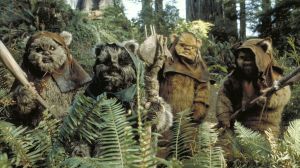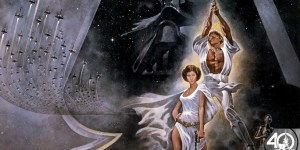Some 630 light-years away is the Chamaeleon I molecular cloud, home to the coldest ice in the cosmos. Earlier this month, NASA researchers used the James Webb Space Telescope to perform research on the cosmic cloud with the results ending up rather icy.
Videos by ComicBook.com
“Our results provide insights into the initial, dark chemistry stage of the formation of ice on the interstellar dust grains that will grow into the centimeter-sized pebbles from which planets form in disks,” astronomer Melissa McClure offered in a press release announcing the study’s results. “These observations open a new window on the formation pathways for the simple and complex molecules that are needed to make the building blocks of life.”
The study found carbon, hydrogen, oxygen, nitrogen, and sulfur frozen within the cloud. Not only that, but the team also discovered frozen carbonyl sulfide, ammonia, and methane.
“Our identification of complex organic molecules, like methanol and potentially ethanol, also suggests that the many star and planetary systems developing in this particular cloud will inherit molecules in a fairly advanced chemical state,” added Leiden Observatory astronomer Will Rocha. “This could mean that the presence of precursors to prebiotic molecules in planetary systems is a common result of star formation, rather than a unique feature of our own solar system.”
According to McClure, the discovery would have never happened if not for the launch of Webb, which has now been in service for that past sixth months.
“The fact that we haven’t seen all of the CHONS that we expect may indicate that they are locked up in more rocky or sooty materials that we cannot measure,” continued McClure. “This could allow a greater diversity in the bulk composition of terrestrial planets.”
What is the Webb Space Telescope?
In short, the Webb observatory is the successor to the Hubble Space Telescope. Using its new technology, scientists have been able to examine parts of the known universe previously unobservable.
“If you think about that, this is farther than humanity has ever moved before,” NASA administrator Bill Nelson previously said of the JWST. “And we’re only beginning to understand what Webb can and will do. It’s going to explore objects in the solar system and atmospheres of exoplanets orbiting other stars, giving us clues as to whether potentially their atmospheres are similar to our own.”
“Our goals for Webb’s first images and data are both to showcase the telescope’s powerful instruments and to preview the science mission to come,” astronomer Klaus Pontoppidan, Webb project scientist at STScI, added of the images. “They are sure to deliver a long-awaited ‘wow’ for astronomers and the public.”
For additional space and cosmic stories, check out our ComicBook Invasion hub here.








